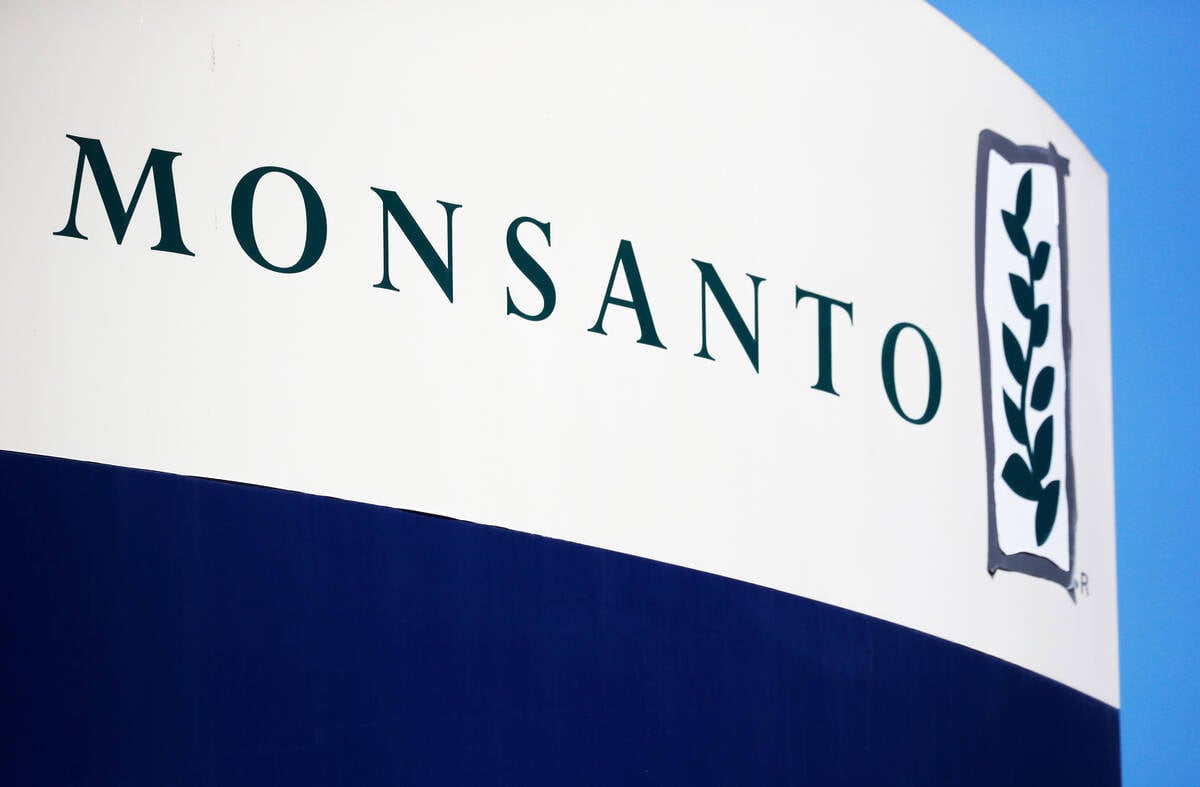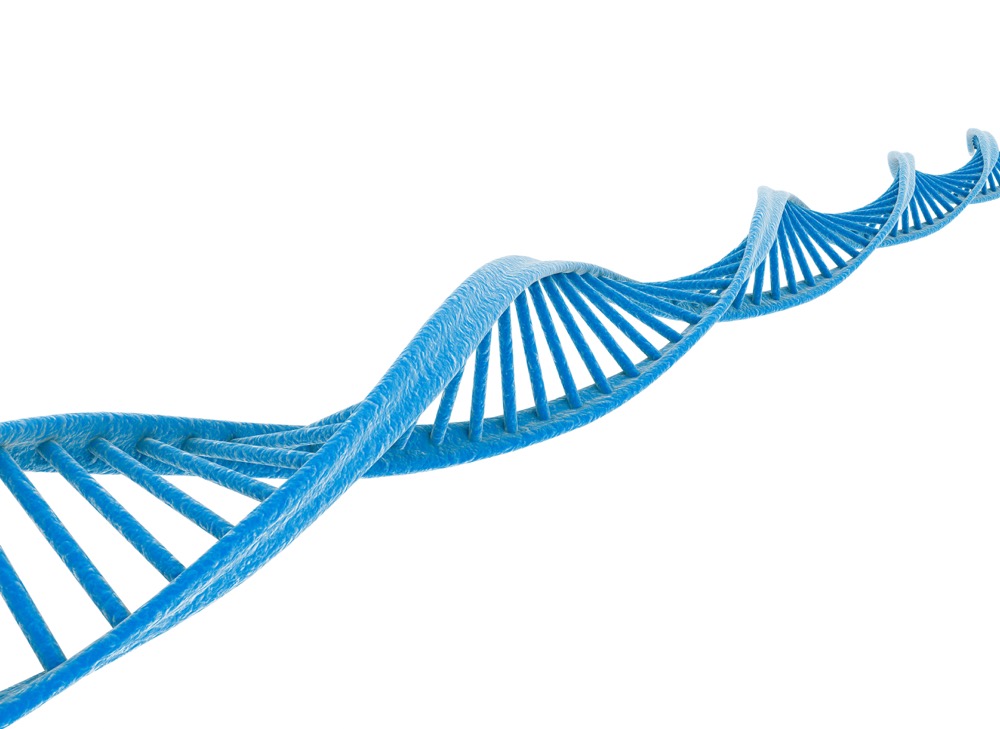Advances in genetic engineering have given rise to an era of foods that promise to revolutionize how we eat.
Critics argue these foods could pose risks to human health and the environment. Proponents point to their potential for enhancing yields, reducing food waste and even combating climate change.
Although GMOs and gene-edited foods have been in circulation for almost three decades, breakthroughs are still happening. GMOs (genetically modified organisms) have genetic material that has been artificially altered by inserting a piece of foreign DNA. This DNA may be synthetic or sourced from other organisms.
Read Also

Roundup retraction makes public trust ripples
A foundational study on glyphosate safety was recently retracted, while Roundup maker Bayer has already said it may ditch the key agricultural herbicide after lawsuits piled up.
Gene editing involves making precise changes to an organism’s genome without the integration of foreign DNA elements. Using techniques such as CRISPR/Cas, scientists make precise “cuts” in the DNA to create new genetic variation. This introduces only minor modifications, which are indistinguishable from natural mutations.
READ MORE: Gene-edited crops clear CFIA’s regulatory bar
The major criticisms of GMOs are related to overuse of specific herbicides. Concerns generally aren’t related to the actual manipulation of the plants’ DNA.
When it comes to the food we eat, how much do we really know about its DNA? Even among experts with genome-sequencing information, most have a limited list of sequenced “reference” varieties, and these often aren’t the same as the plants we eat.
The fact is, we don’t really understand the genomes of many plants and animals we eat, so there’s no reason to suggest tweaking their gene sequences will make consumption harmful. Moreover, there’s currently no evidence that regulator-approved GMOs or gene-edited foods aren’t safe for human consumption.
One valid concern would be the potential creation of new allergens: proteins within the crop that the body recognizes and creates an immune response to.
But it’s important to remember many foods we eat are already allergenic. Common examples include wheat, peanuts, soy, milk and eggs. Some common foods are even toxic if consumed in large quantities or without appropriate preparation, such as raw kidney beans and raw cashews.
Ironically, researchers are using gene editing to work toward eliminating proteins that cause allergies and intolerances. Gluten-free wheat is one example.
Due to inconsistent rules about labelling GMOs and gene-edited foods around the world, many consumers may not realize they’re already eating them.
The most widely used enzyme in cheese making, rennet, is produced from a GMO bacterium. GMO microbial rennet produces a specific enzyme called chymosin, which helps coagulate milk and form curds. Historically, chymosin was extracted from young cow stomachs, but in the 1990s, scientists managed to genetically engineer a bacterium to synthesize it.
GMOs and gene-edited cereal and oilseed products are also widely used in livestock feeds. There is ongoing research to improve feed through enhanced nutrition and produce crops to decrease methane emissions from cattle.
When it comes to modifying animals themselves, ethical considerations must be balanced alongside potential benefits.
In Australia, about 70 per cent of cattle are genetically polled. This improves meat quality through less injury to meat, and is considered better for animal welfare. In the U.S., fast-growing genetically modified salmon has been approved.
In a horticultural context, the genetically modified rainbow papaya stands out. It was developed in the late 1990s in response to a ringspot virus outbreak that nearly wiped out the global papaya industry. Researchers created the virus-resistant “transgenic” papaya, which now makes up the majority of papayas consumed worldwide.
Research is also being done to create non-browning mushrooms, apples and potatoes. A simple gene edit can help inhibit the browning oxidation reaction, leading to a longer shelf-life and less food waste.
So why don’t Australians see non-browning mushrooms at their local supermarkets? In Australia, the government has approved four GMO crops for cultivation. Many more are imported for food ingredients and stock feed.
Gene-edited foods, however, can be cultivated without any regulatory restrictions or labelling in Australia, and in Canada, the Canadian Food Inspection Agency recently decided that gene-edited foods would face the same regulatory control as conventionally bred crops.
China, the U.S., Japan and the U.K. have also adopted policies friendly to gene-editing.
On the other hand, New Zealand’s Environmental Protection Authority has maintained regulatory restrictions on both gene-edited foods and GMOs. Divergent definitions have led the bi-national agency, Food Standards Australia New Zealand (FSANZ), to regulate gene-edited foods and feeds as GMOs.
The lack of alignment has confused Australian producers and consumers alike. FSANZ has said it will continue to monitor developments in gene-editing technology and will consider reviewing its approach.
Both GMOs and gene-edited foods offer great promise. There are valid concerns, including unintended ecological consequences or growing corporate control over food. But these can be addressed through responsible research and regulatory frameworks.
Ultimately, the development of future foods must be guided by a commitment to sustainability, social justice and scientific rigour.
Karen Massel is a research fellow with the Centre for Crop Science at the University of Queensland. This opinion first appeared in The Conversation.















